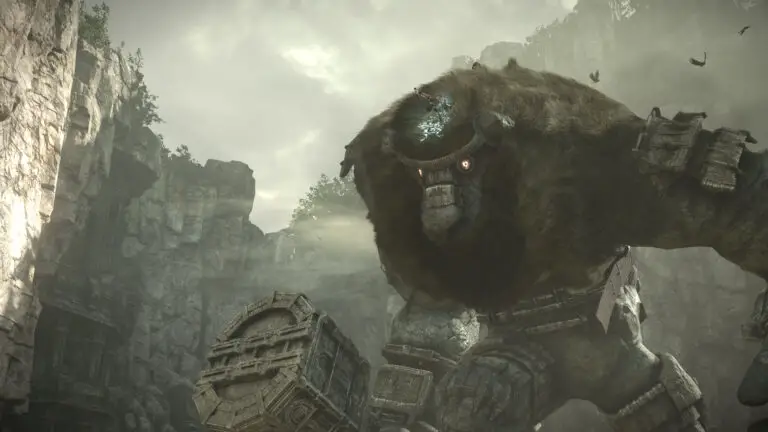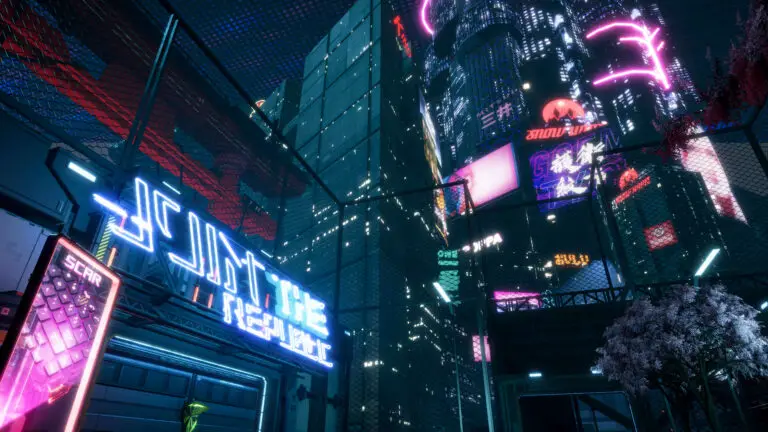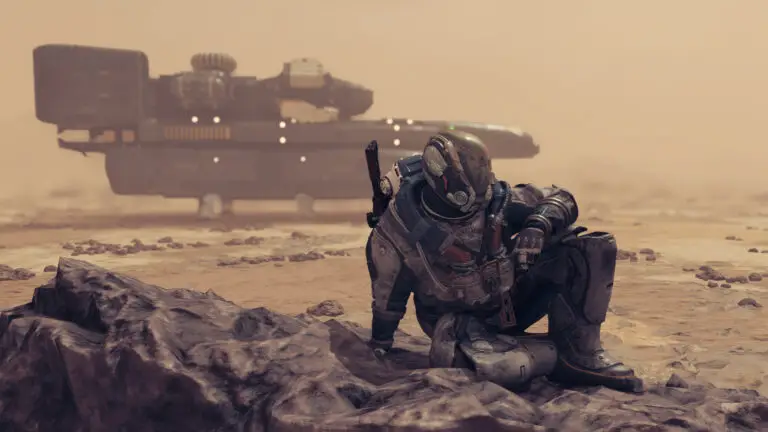The Expanding Universe of Video Games: A Look at Scale and Impact
Feeling the Weight of Gaming’s Gargantuan Worlds: The Impact on Players
Video games have grown not just in physical size, but in the scope and scale of their worlds and narratives. This expansion isn’t inherently negative—it’s a sign that developers are eager to provide value and immersive experiences. However, this shift towards ever-larger games has left some players, including myself, feeling a sense of fatigue. The question arises: are we alone in feeling overwhelmed by these colossal gaming experiences?
Over the past decade, we’ve witnessed a significant transformation in game design philosophy. Iconic series like Assassin’s Creed have evolved from their original, more focused concepts into sprawling open-world RPGs filled with endless collectathons. Read more about the evolution of game design in our article on the upcoming expansion of World of Warcraft. This trend has permeated throughout the industry, affecting not just historical action-adventure titles but also other genres that traditionally offered more concise adventures.
The move towards massive, open-ended worlds can be seen in franchises that once championed linear storytelling and gameplay. Discover how game developers balance storytelling and gameplay in our deep dive into Baldur’s Gate 3. What was once a journey with a clear path has now become an odyssey without end. As a player, I find myself questioning whether the push for bigger and seemingly better experiences is truly what I desire from my gaming sessions. The allure of vast, explorable territories and the promise of 100+ hour-long epics are becoming less of a draw and more of a daunting commitment.

(Image credit: Sony)
Chasing Bigness: How Technological Advancements Influence Game Size
As technology has advanced, so too has the gaming industry’s capacity to create larger and more detailed worlds. The PlayStation 2 era saw a surge in open-world titles, with games like Grand Theft Auto setting a new standard for scale and freedom. This trend only expanded with the leap to newer console generations, such as the Xbox 360 and PlayStation 3, which brought us expansive titles like Oblivion and Red Dead Redemption.
The advent of solid-state drives (SSDs) and the affordability of digital storage have further pushed the boundaries of what’s possible in game design. Explore the impact of SSD load times on gaming in our latest tech analysis. Triple-A games now regularly exceed the 100 gigabyte mark, a testament to the depth and complexity of these virtual environments. The seamless nature of these worlds, free from the shackles of loading screens, has made the siren call of massive open-world adventures irresistible to developers.
| Generation | Technological Advancements |
|---|---|
| PS2 Era | Open-world titles begin to flourish |
| Xbox 360/PS3 Era | Increased scale and graphical fidelity |
| Current Gen (PS5/Xbox Series X) | SSD load times, larger game sizes |

(Image credit: ASUS)
The Anatomy of an Evening: Balancing Gaming with Life
My personal journey through the vast landscapes of modern gaming has been a bittersweet one. The challenge of completing lengthy games is real, especially when trying to balance the immersive worlds of titles like Cyberpunk 2077 and Baldur’s Gate 3 with the demands of everyday life. Despite investing upwards of 65 hours into Night City, the end credits remain just out of reach, with side missions and character arcs beckoning me to return.
The struggle extends beyond just one game. The epic expanse of Elden Ring captivated me for countless evenings, yet the thought of replaying to explore every nook and cranny is daunting. Life’s responsibilities—cleaning, socializing, pursuing hobbies, and the simple need for sleep—compete for the same precious hours we might otherwise devote to these digital odysseys.
- Cleaning and household chores
- Social engagements and family time
- Hobbies and personal interests
- Work and professional development
- Rest and sleep
The yearning for shorter, more manageable gaming experiences grows stronger. I find myself hoping for triple-A studios to craft 20-hour adventures that can be savored over a weekend, offering a complete narrative arc with a beginning, middle, and end. Such games would not only respect our time but also allow us to fully appreciate the artistry and storytelling without the looming pressure of an unfinished quest.

(Image credit: Bethesda)

